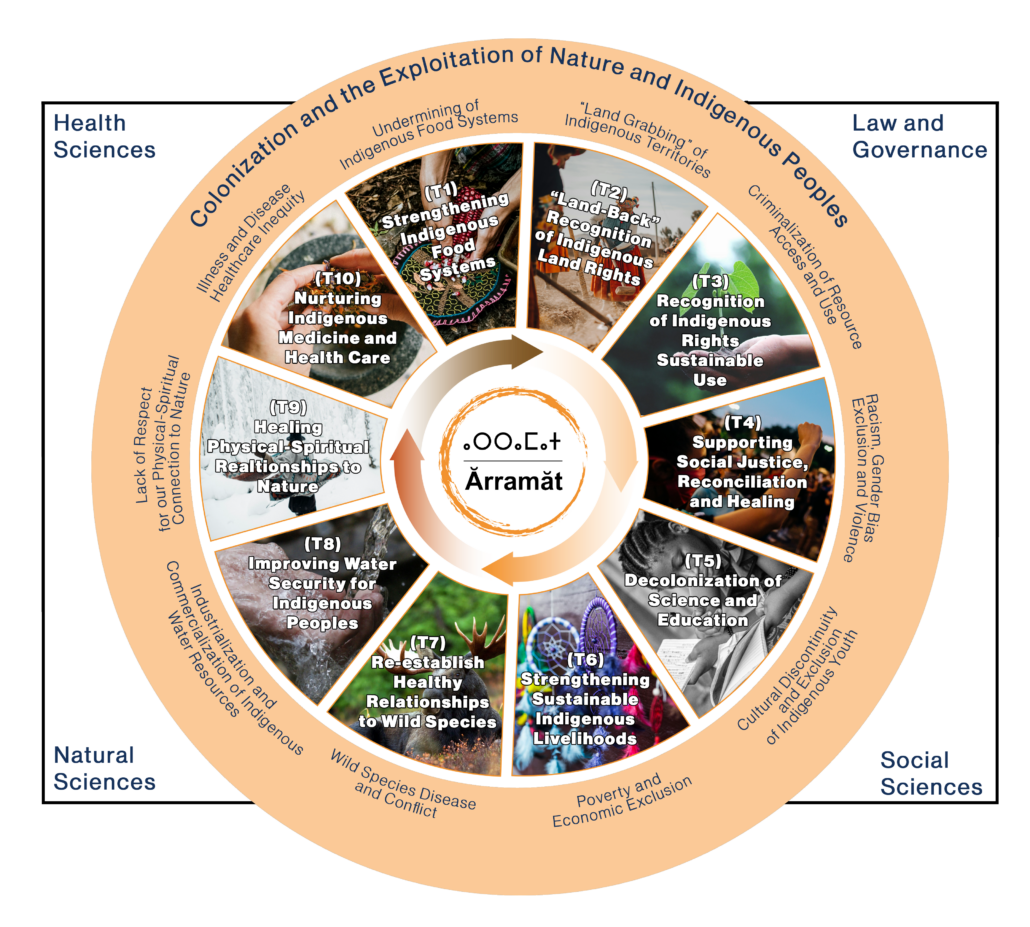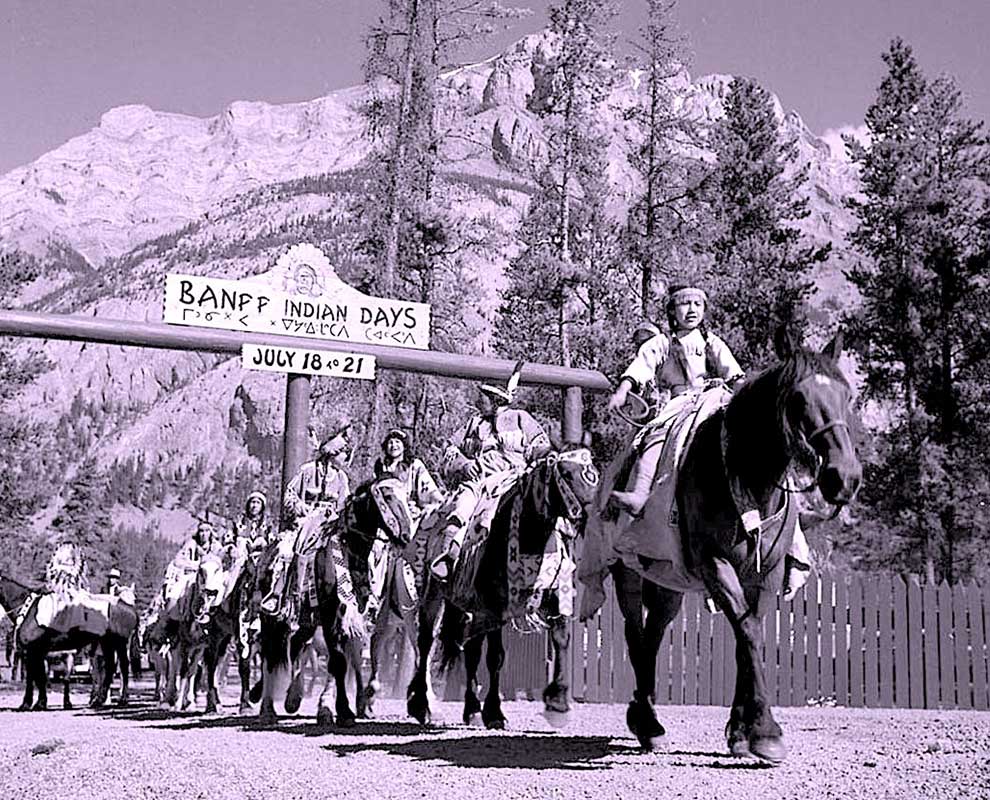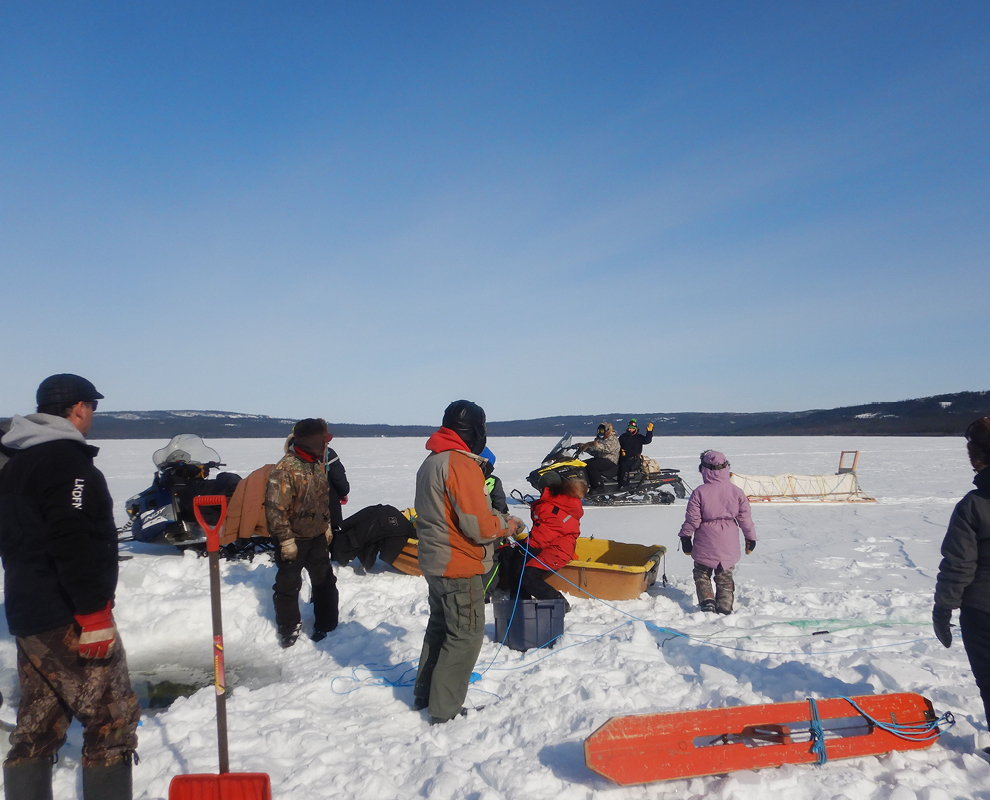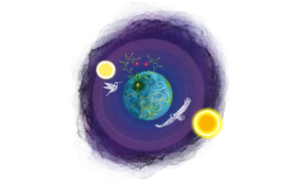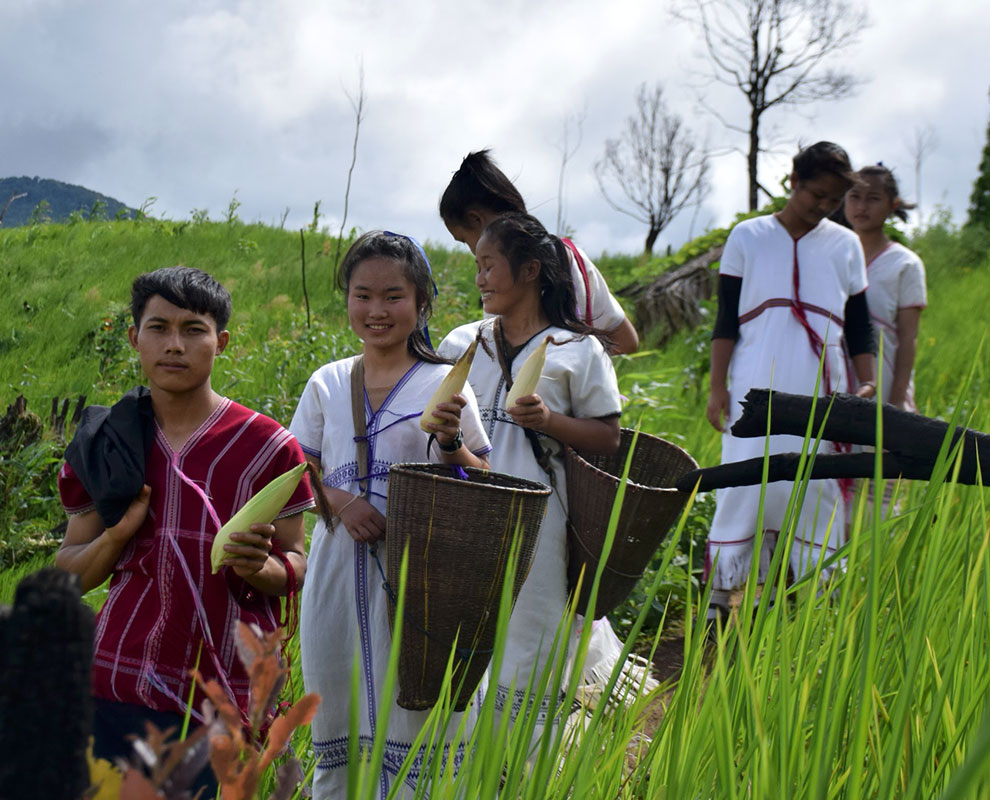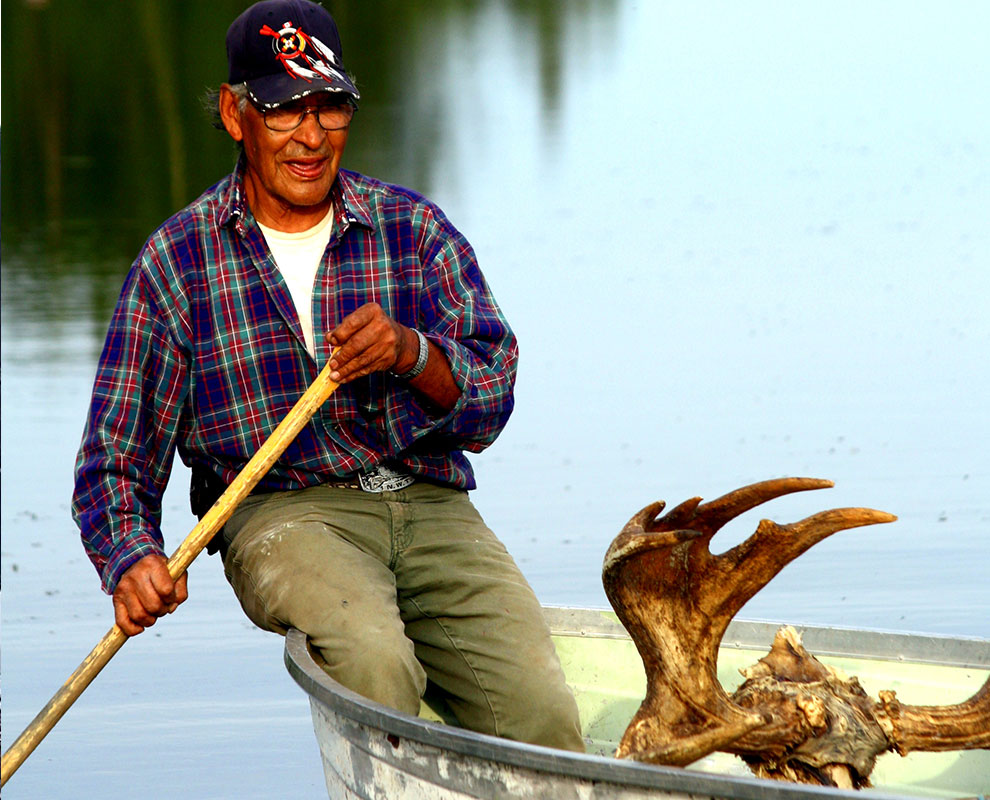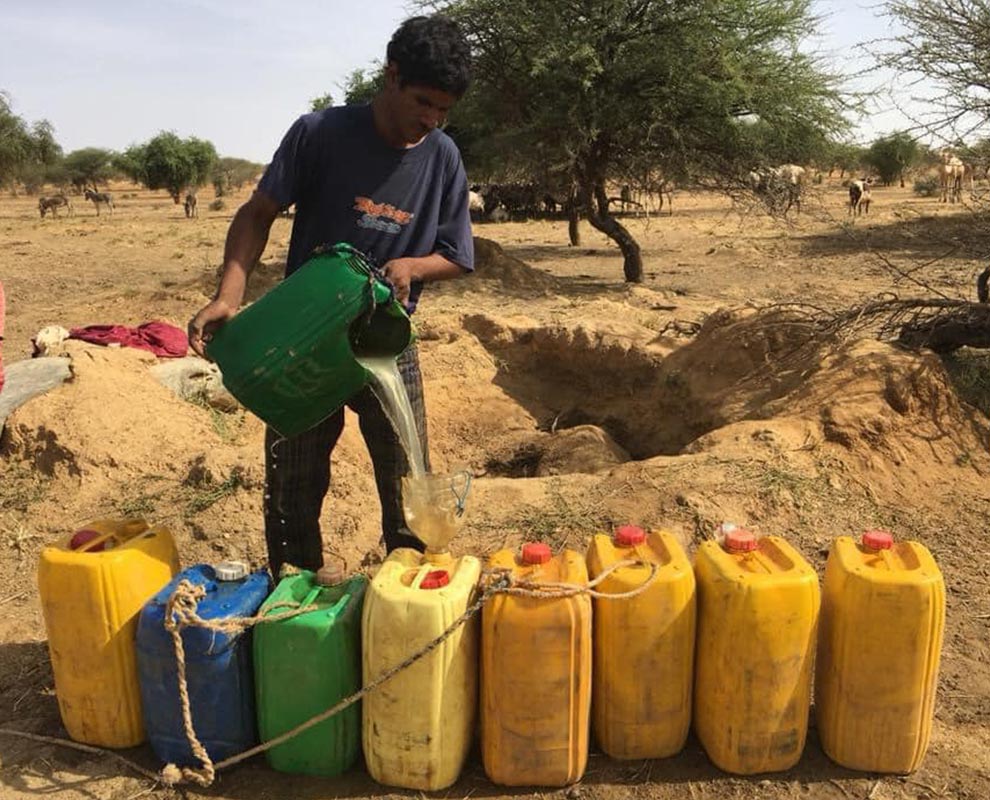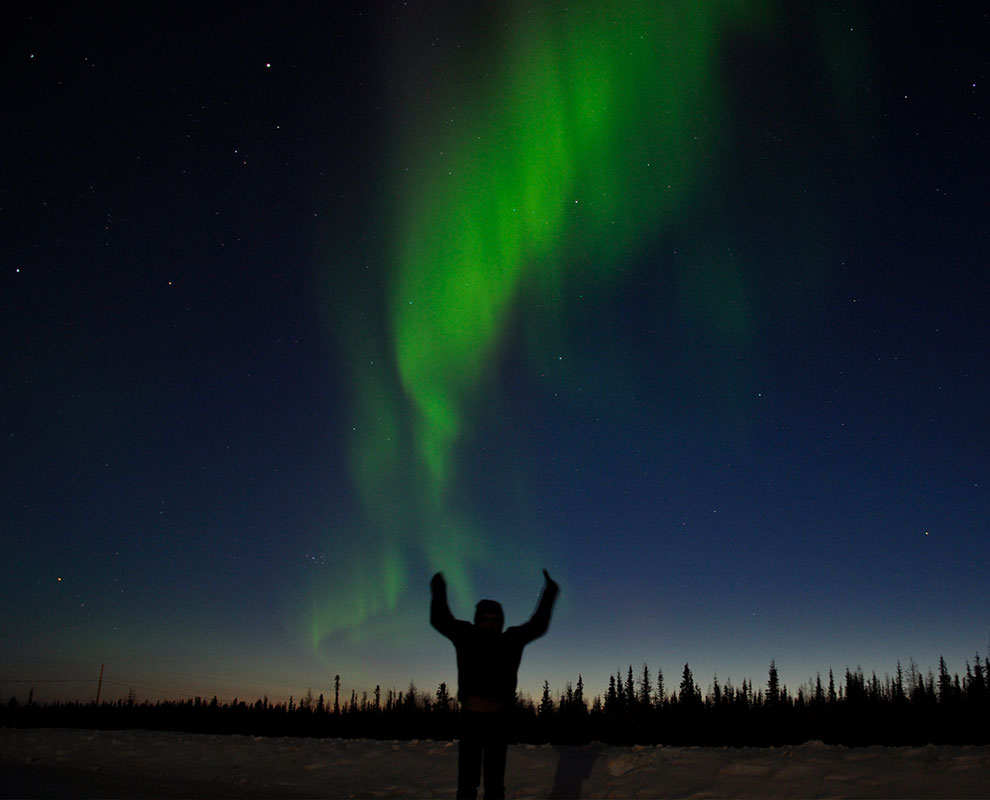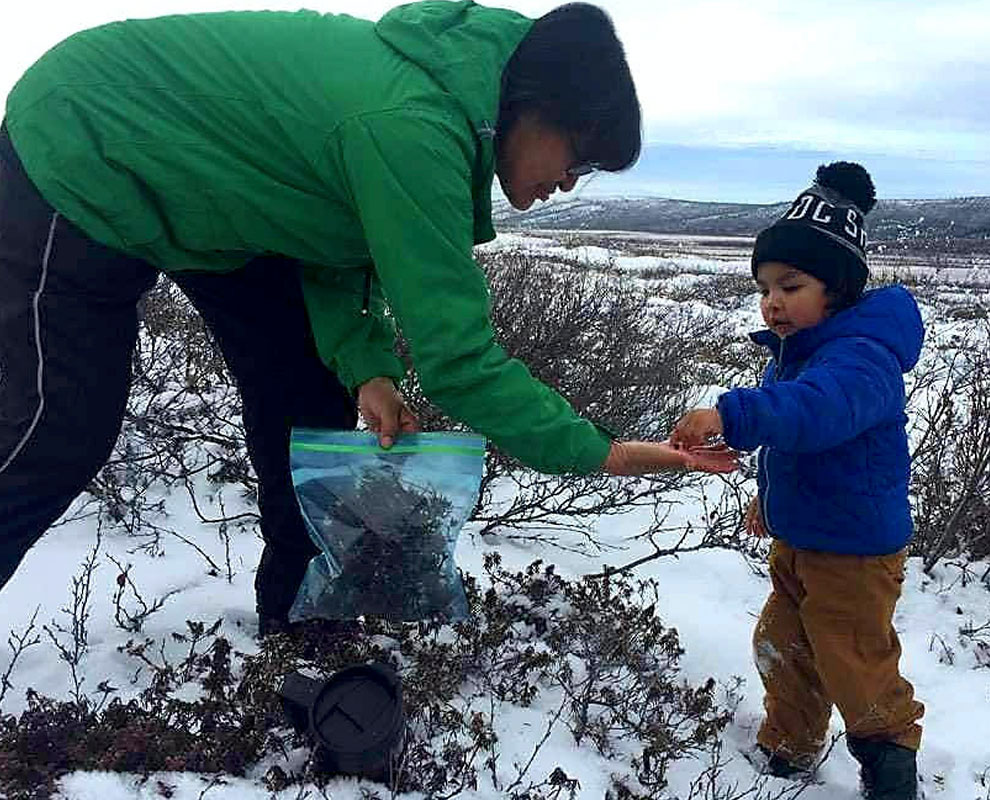Content References:
[1] Cabello, J.; Gilbertson, T. A Colonial Mechanism to Enclose Lands: A Critical Review of Two REDD+-Focused Special Issues. Ephemera: Theory & Politics in Organization 2012, 12.
[2] Borrows, J. Indigenous Legal Traditions in Canada. Wash. UJL & Pol’y 2005, 19, 167
[3] Tollefson, J. One Million Species Face Extinction. Nature 2019, 9.
[4] Mollett, S. The Power to Plunder: Rethinking Land Grabbing in Latin America. Antipode 2016, 48, 412–432.
[5] Becker, C.D.; Ostrom, E. Human Ecology and Resource Sustainability: The Importance of Institutional Diversity. Annual review of ecology and systematics 1995, 26, 113–133.
[6] Berry, H.L.; Butler, J.R.; Burgess, C.P.; King, U.G.; Tsey, K.; Cadet-James, Y.L.; Rigby, C.W.; Raphael, B. Mind, Body, Spirit: Co-Benefits for Mental Health from Climate Change Adaptation and Caring for Country in Remote Aboriginal Australian Communities. New South Wales Public Health Bulletin 2010, 21, 139–145.
[7] Burgess, C.P.; Johnston, F.H.; Berry, H.L.; McDonnell, J.; Yibarbuk, D.; Gunabarra, C.; Mileran, A.; Bailie, R.S. Healthy Country, Healthy People: The Relationship between Indigenous Health Status and “Caring for Country.” Medical journal of Australia 2009, 190, 567–572.
[8] Buta, N.; Holland, S.M.; Kaplanidou, K. Local Communities and Protected Areas: The Mediating Role of Place Attachment for pro-Environmental Civic Engagement. Journal of Outdoor Recreation and Tourism 2014, 5, 1–10.
[9] Parlee, B.; Lutsel K’e Dene First Nation Understanding and Communicating about Ecological Change. In Breaking Ice: Renewable Resource and Ocean Management in the Canadian North; Berkes, F., Diduck, A., Manseau, M., Eds.; University of Calgary Press: Calgary, 2005; p. 165.
[20] Loring, P.A.; Hinzman, M.S.; Neufeld, H. Can People Be Sentinels of Sustainability? Identifying the Linkages among Ecosystem Health and Human Well-Being. Facets 2016, 1, 148–162.
[11] Simaika, J.P.; Samways, M.J. Biophilia as a Universal Ethic for Conserving Biodiversity. Conservation Biology 2010, 24, 903–906.
[12] Ntiamoa-Baidu, Y. Indigenous Beliefs and Biodiversity Conservation: The Effectiveness of Sacred Groves, Taboos and Totems in Ghana for Habitat and Species Conservation. Journal for the Study of Religion, Nature & Culture 2008, 2.
[13] Irvine, K.N.; Hoesly, D.; Bell-Williams, R.; Warber, S.L. Biodiversity and spiritual well-being. In Biodiversity and Health in the Face of Climate Change; Springer, Cham, 2019; pp. 213–247.
[14] King, M.; Smith, A.; Gracey, M. Indigenous Health Part 2: The Underlying Causes of the Health Gap. The lancet 2009, 374, 76–85.
[15] Reynolds, T.; Sisay, T.S.; Wassie, A.; Lowman, M. Sacred Natural Sites Provide Ecological Libraries for Landscape Restoration and Institutional Models for Biodiversity Conservation. GSDR Brief 2015.
[16] Domínguez, L.; Luoma, C. Decolonising Conservation Policy: How Colonial Land and Conservation Ideologies Persist and Perpetuate Indigenous Injustices at the Expense of the Environment. Land 2020, 9, 65.
[17] Chaudhury, A.; Colla, S. Next Steps in Dismantling Discrimination: Lessons from Ecology and Conservation Science. Conservation Letters 2020, e12774.
[18] Antunes, A.P.; Rebêlo, G.H.; Pezzuti, J.C.B.; de Mattos Vieira, M.A.R.; Constantino, P. de A.L.; Campos-Silva, J.V.; Fonseca, R.; Durigan, C.C.; Ramos, R.M.; do Amaral, J.V. A Conspiracy of Silence: Subsistence Hunting Rights in the Brazilian Amazon. Land Use Policy 2019, 84, 1–11.
[19] Karikó, S. An Interconnected Approach to Biodiversity Education and Stewardship. 2018.
[20] Truth and Reconciliation Commission of Canada Final Report of the Truth and Reconciliation Commission of Canada: Honouring the Truth, Reconciling for the Future: Summary (Volume I).; James Lorimer Limited, Publisher: Ottawa, 2015.
[21] Battiste, M. You Can’t Be the Global Doctor If You’re the Colonial Disease. Teaching as activism 2005, 121–133.
[22] Kuokkanen, R. Reshaping the University: Responsibility, Indigenous Epistemes, and the Logic of the Gift; ubc Press, 2011; ISBN 0-7748-4084-6.
[23] Stonechild, B. The New Buffalo: The Struggle for Aboriginal Post-Secondary Education; Univ. of Manitoba Press, 2006; ISBN 0-88755-377-X.
[24] Mignone, J.; Bartlett, J.; O’Neil, J.; Orchard, T. Best Practices in Intercultural Health: Five Case Studies in Latin America. Journal of ethnobiology and ethnomedicine 2007, 3, 1–11.
[25] Waldram, J. The Construction of the Mind and Mental Health of North American Aboriginal Peoples; University of Toronto Press.: Toronto, 2004.
[26] Leonti, M. Traditional Medicines and Globalization: Current and Future Perspectives in Ethnopharmacology. Frontiers in pharmacology 2013, 4, 92.
[27] Etkin, N.L. Cultural constructions of efficacy. In The context of medicines in developing countries; Springer, 1988; pp. 299–326.
[28] Gqaleni, N.; Moodley, I.; Kruger, H.; Ntuli, A.; McLeod, H. Traditional and Complementary Medicine: Health Care Delivery. South African health review 2007, 2007, 175–188.
[29] Diallo, D.; Graz, B.; Falquet, J.; Traoré, A.K.; Giani, S.; Mounkoro, P.P.; Berthé, A.; Sacko, M.; Diakité, C. Malaria Treatment in Remote Areas of Mali: Use of Modern and Traditional Medicines, Patient Outcome. Transactions of the Royal Society of Tropical Medicine and Hygiene 2006, 100, 515–520.
[30] O’NEIL, J.D.; Reading, J.R.; Leader, A. Changing the Relations of Surveillance: The Development of a Discourse of Resistance in Aboriginal Epidemiology. Human organization 1998, 230–237.
[31] Bodeker, G. Traditional Medical Knowledge and Twenty-First Century Healthcare: The Interface between Indigenous and Modern Science. Local Science vs Global Science: Approaches to Indigenous Knowledge in International Development 2007, 23–39.
[32] Bouzabata, A. Biodiversity, Traditional Medicine and Diabetes in North-Eastern Algeria.; Springer, 2017; pp. 1219–1221.
[33] Zhang, X. Traditional Medicine: Its Importance and Protection. Protecting and promoting traditional knowledge: systems, national experiences and international dimensions. Part 2004, 1, 3–6.
[34] Schippmann, U.; Leaman, D.J.; Cunningham, A. Impact of Cultivation and Gathering of Medicinal Plants on Biodiversity: Global Trends and Issues. Biodiversity and the ecosystem approach in agriculture, forestry and fisheries 2002.
[35] McNeely, J.A. Economics and Biological Diversity: Developing and Using Economic Incentives to Conserve Biological Resources; Iucn, 1988; ISBN 2-88032-964-7.
[36] Hankivsky, O.; Mussell, L. Gender-Based Analysis plus in Canada: Problems and Possibilities of Integrating Intersectionality. Canadian Public Policy 2018, 44, 303–316.
[37] Cole, A. Towards an Indigenous Transdisciplinarity. Transdisciplinary Journal of Engineering & Science 2017, 8.
[38] Toledo, V.M. Indigenous Peoples and Biodiversity. Encyclopedia of biodiversity 2001, 3, 451–463.
[39] Stevenson, S.M. Indigenous Land Rights and the Declaration on the Right of Indigenous Peoples: Implications for Maori Land Claims in New Zealand. Fordham Int’l LJ 2008, 32, 298.
[40] Hanna, P.; Vanclay, F. Human Rights, Indigenous Peoples and the Concept of Free, Prior and Informed Consent. Impact Assessment and Project Appraisal 2013, 31, 146–157.
[41] Jacob, M.O.; Farah, K.O.; Ekaya, W.N. Indigenous Knowledge: The Basis of the Maasai Ethnoveterinary Diagnostic Skills. Journal of Human Ecology 2004, 16, 43–48.
[42] Waldram, J. Revenge of the Windigo:The Construction of the Mind and Mental Health of North American Aboriginal Peoples; University of Toronto Press: Toronto, ON, Can., 2004;428p.; ISBN 0-8020-8826-0
[43] Leonti, M. Traditional medicines and globalization: Current and future perspectives in ethnopharmacology. Frontiers in Pharmacology 2013, 4, 92.
[44] Etkin, N.L. Cultural constructions of efficacy. In The Context of Medicines in Developing Countries; van der Geest, S., Whyte S.R., Eds.; Springer: Switzerland, 1988; pp. 299–326.
[45] Gqaleni, N.; Moodley, I.; Kruger, H.; Ntuli, A.; McLeod, H. Traditional and complementary medicine: Health care delivery. South African Health Review 2007,, 175–188.
[46] Diallo, D.; Graz, B.; Falquet, J.; Traoré, A.K.; Giani, S.; Mounkoro, P.P.; Berthé, A.; Sacko, M.; Diakité, C. Malaria treatment in remote areas of Mali: Use of modern and traditional medicines, patient outcome. Trans. of the Royal Soc. of Tropical Med. and Hygiene 2006, 100, 515–520.
[47] Bodeker, G. Traditional medical knowledge and twenty-first century healthcare: The interface between Indigenous and modern science. In Local Science vs Global Science: Approaches to Indigenous Knowledge in International Development; Silitoe, P, Ed.; Berghahn: New York, NY, USA; 2007, 23–39.
[48] Bouzabata, A. Biodiversity, Traditional Medicine and Diabetes in North-Eastern Algeria. In Recent Advances in Environmental Science from the Euro-Mediterranean and Surrounding Regions. EMCEI 2017; Kallel A., Ksibi M., Ben Dhia H., Khélifi N., Eds.; Advances in Science, Technology & Innovation (IEREK Interdisciplinary Series for Sustainable Development).; Springer, Switzerland, 2017; pp. 1219–1221. https://doi.org/10.1007/978-3-319-70548-4_353
[49] Zhang, X. Traditional medicine: Its importance and protection.In Protecting and Promoting Traditional Knowledge: Systems, National Experiences and International Dimensions; Twarog, S., Kapoor, P., Eds.; United Nations; Geneva, Part 1, 3–6.
[50] Schippmann, U.; Leaman, D.J.; Cunningham, A. Impact of cultivation and gathering of medicinal plants on biodiversity: Global trends and issues. In Biodiversity and the Ecosystem Approach in Agriculture, Forestry and Fisheries. Satellite event on the occasion of the Ninth Regular Session of the Commission on Genetic Resources for Food and Agriculture. Rome, 12-13 October 2002. Inter-Departmental Working Group on Biological Diversity for Food and Agriculture: Rome, Italy 2002.
Image References:
[1] Silan, Wasiq. (n.d.). “Maqaw” – Tayal Ritual Crop. (Taiwan).
[2] Library Archives of Canada. (1960). Banff Indian Days. (Banff, Alberta, Canada). https://recherche-collection-search.bac-lac.gc.ca/eng/home/record?app=fonandcol&IdNumber=4301533
[3] Michel, Laura Jane. (n.d.). Fish Camp in Łutselkʼe. (Łutselkʼe Dene First Nation, NWT, Canada).
[4] bb iskwew. (2023). Artwork for Ărramăt Pathway T4. (Ărramăt Project Global Transformation Pathway Teams).
[5] Howlett, Tracy. (2018). Faculty of Native Studies, University of Alberta. (Edmonton, Alberta, Canada).
[6] Trakansuphakon, Prasert. (2019). Rotational Farming in the Karen Region. (Thailand).
[7] Smith, Mark. (2015). Ernest Boucher, Łutselkʼe Dene First Nation Elder, returning from a moose hunt on Great Slave Lake, NWT. Moose is a key source of food for many Northern Indigenous Peoples. (Łutselkʼe Dene First Nation, NWT, Canada).
[8] Ag Anara, Souleymane. (n.d.). Filling water jugs in Mali. (Mali).
[9] Neyelle, Morris. (n.d.) Northern Lights in Délı̨nę. (Délı̨nę, NWT, Canada).
[10] Pascal, Wanda. (n.d.). Teaching my grandson how to pick berries. (Teetl’it Zheh, NWT, Canada).
